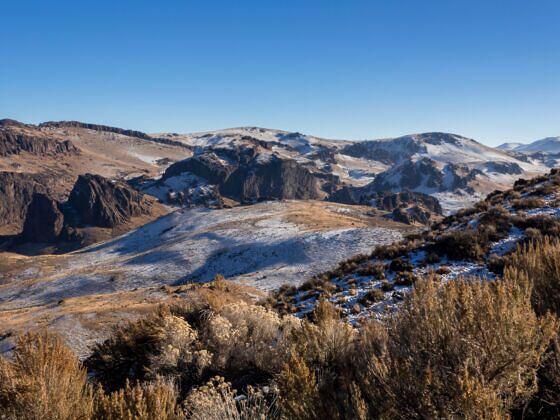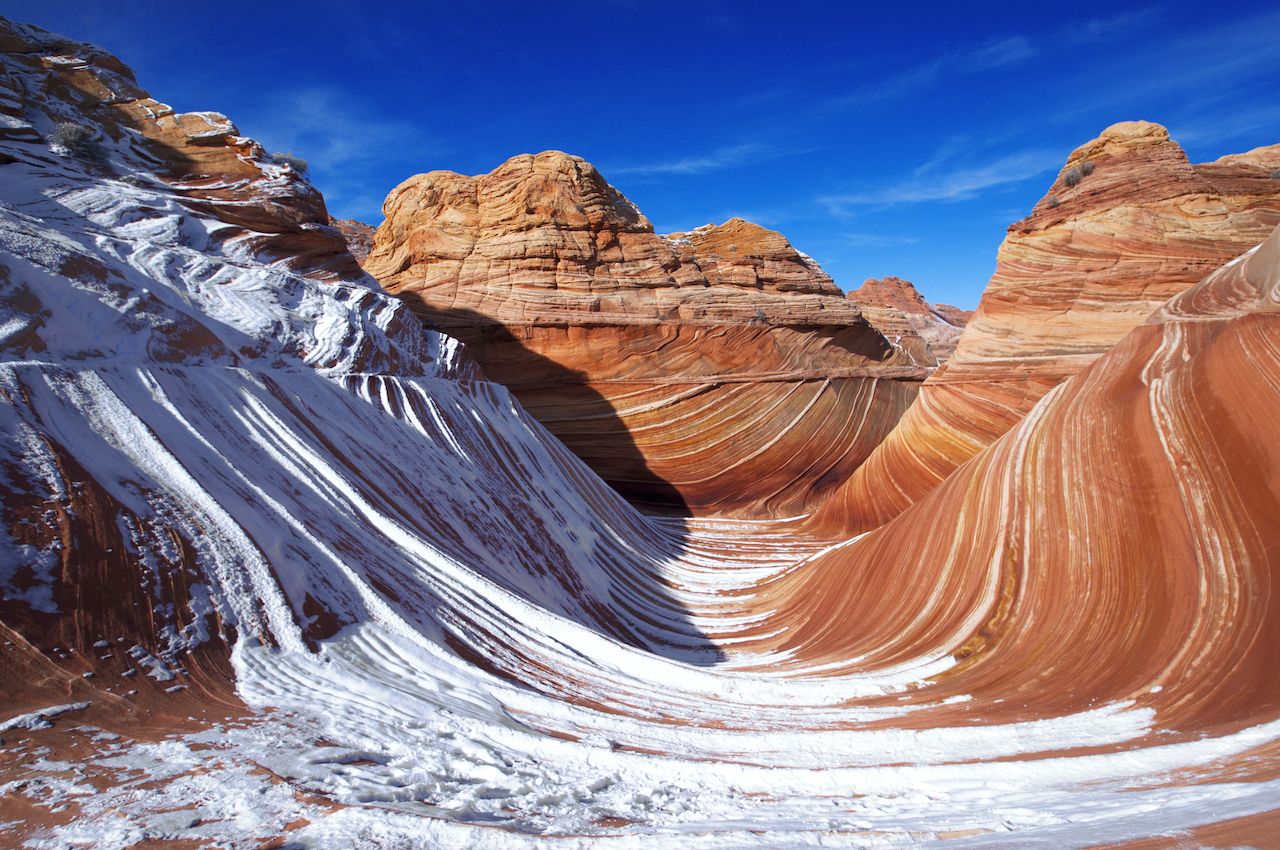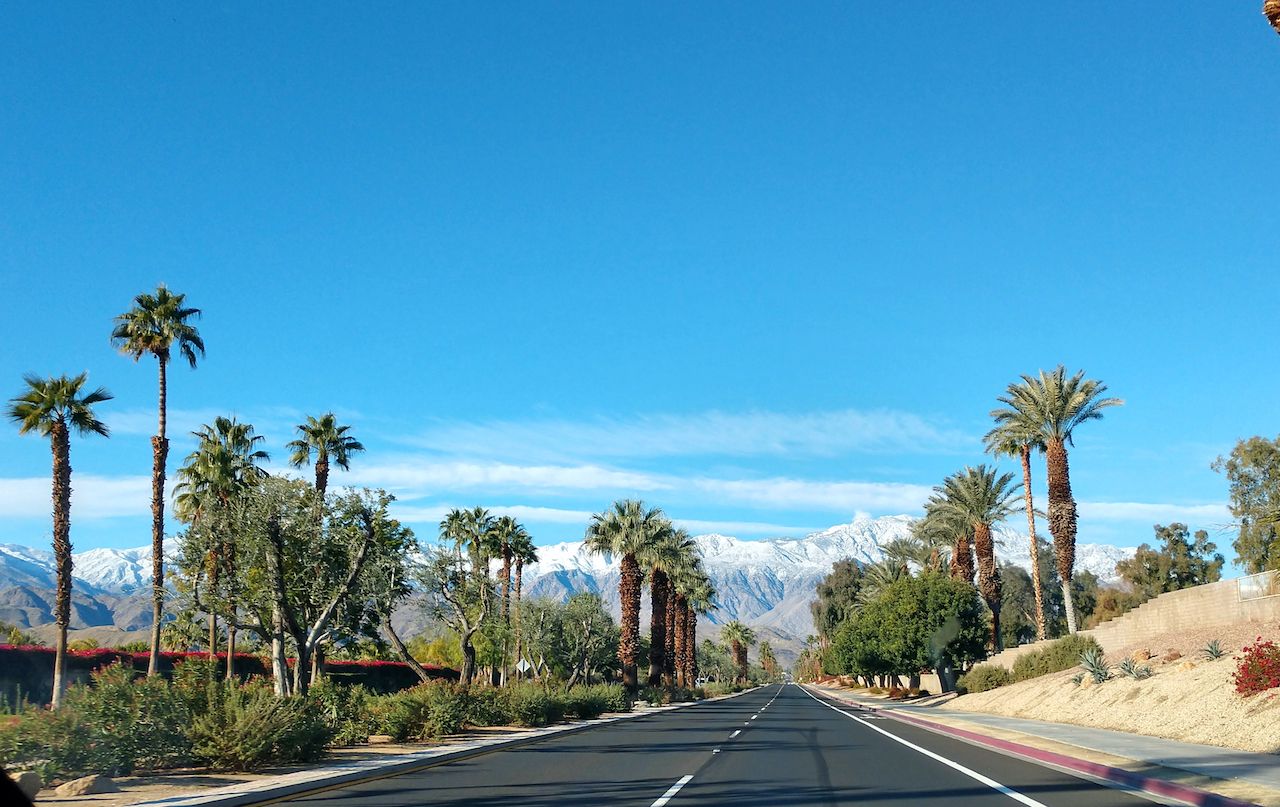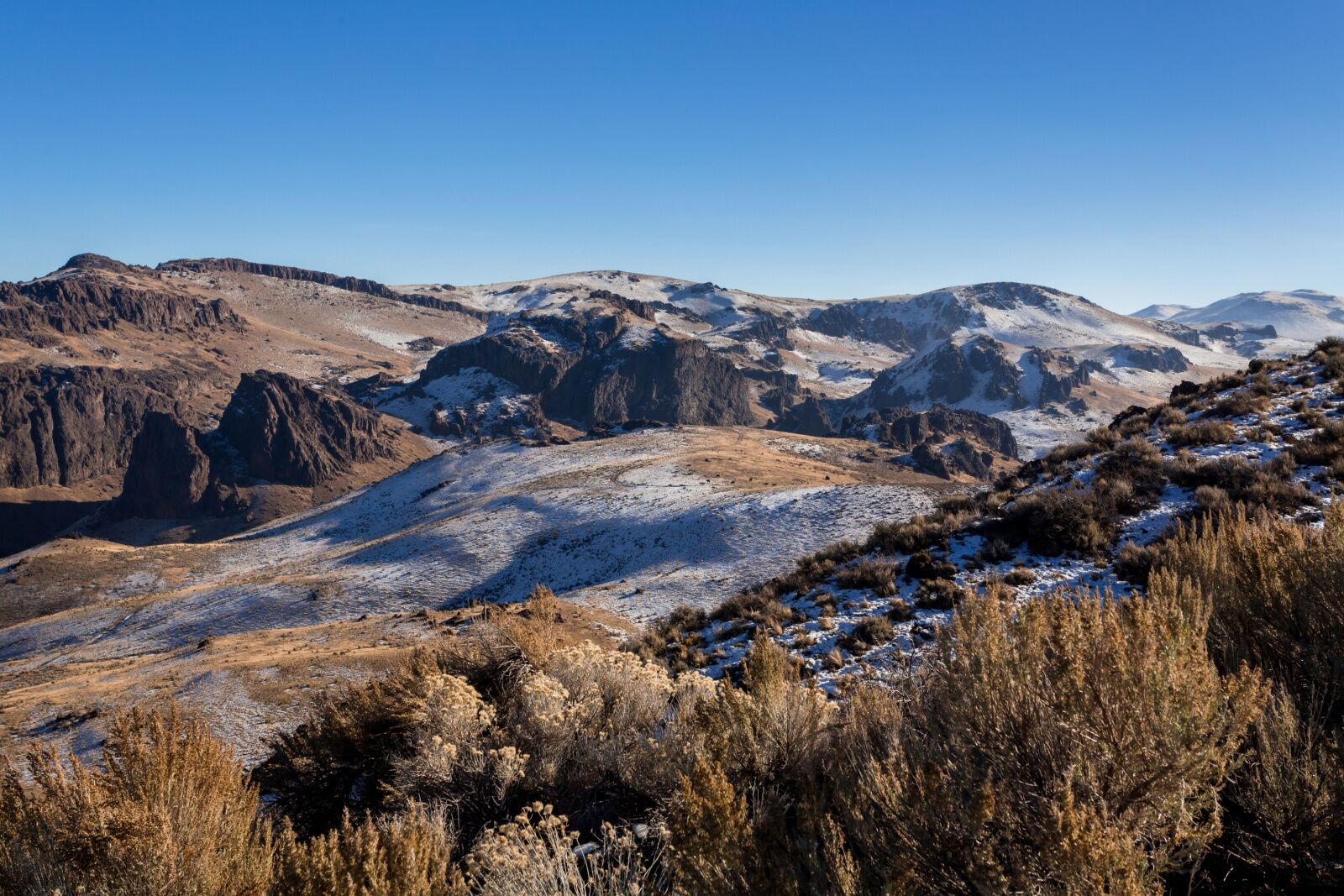Coming up with a mental image of the desert may evoke images of a lone cactus baking in the blistering heat of a high-noon sun. But deserts are a lot more complex than that, and many sit at high altitudes that see sub-zero temperatures come winter. In the absence of moisture in the air, even warm days can turn quickly to frigid nights once the sun dips below the horizon. Add in an overnight storm, and you may find yourself waking up to a desert landscape in a sparkling blanket of snowflakes.
From California to Arizona, New Mexico and Idaho, these are the deserts in the US that are even more beautiful once the snow falls.







